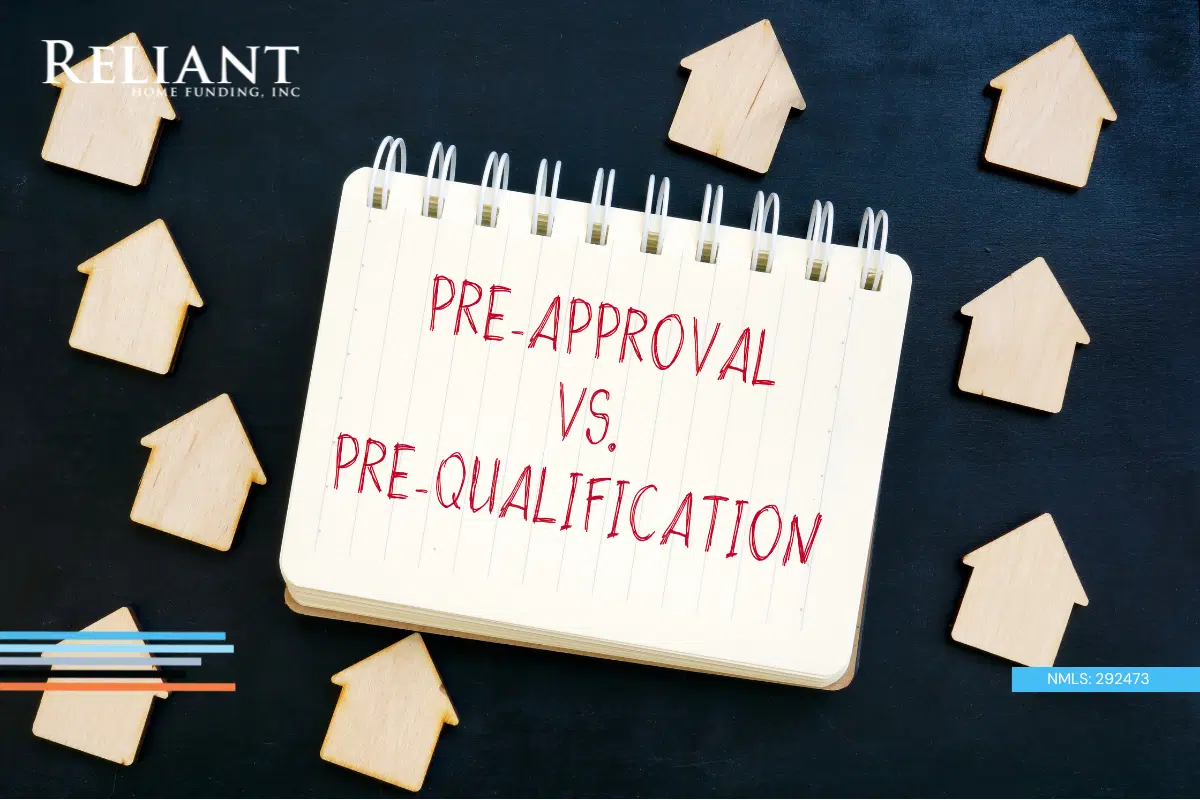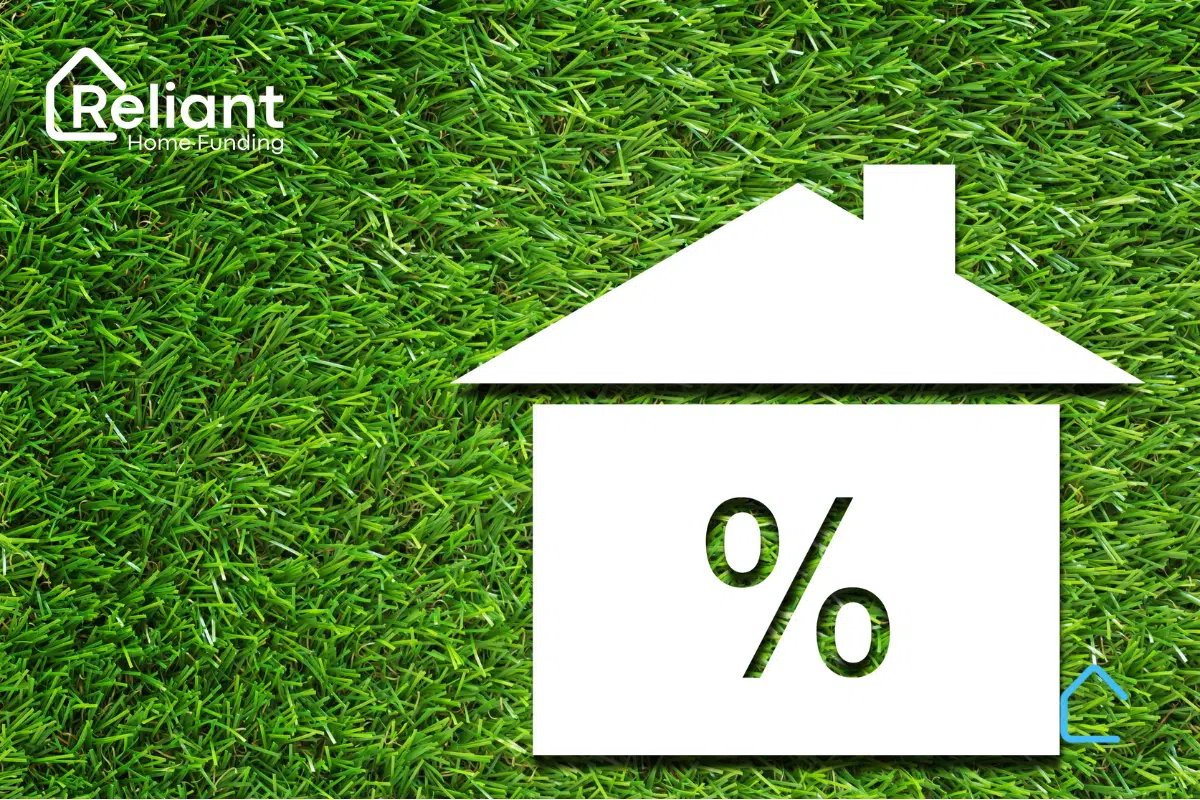Homebuyers often get confused with the terminologies used by lenders in the course of obtaining a loan. In particular, loan pre-approval and pre-qualification are easily interchanged but mean different things. Florida, a state located in the southeastern part of the United States, has different policies regarding these two procedures. It is essential to understand the difference between loan pre-approval and pre-qualification to ensure the most successful, timely, and straightforward home buying process possible.
Pre-Qualification
Pre-qualification is the initial process for assessing one’s financial situation and determining how much one could afford to purchase a home. This process is relatively short since it only requires some necessary information like income, credit score, debts, and assets. To obtain a prequalification letter, the lender generally has not reviewed your financial documentation. At this stage, the lender is only examining your overall financial status to make an initial determination if you would qualify for a loan. A pre-qualification letter is not binding and is just an initial representation from the lender based on your creditworthiness and ability to repay.
Pre-Approval
Unlike pre-qualification, pre-approval is a comprehensive review and conditional approval of one’s loan application. It entails thorough documentation validation, including income, assets, debts, and credit history. With pre-approval, the lender will issue a complimentary letter that gives the maximum amount of money the home buyer can borrow and the interest rate, subject to an appraisal and specific property requirements. Pre-approvals are valid for a limited time like 60 days and can be renewed with new documentation. Pre-approval guarantees both the borrowers and sellers that the buyer can afford the house and shows the level of the commitment one has in purchasing the property.
Documents required
Pre-approval requires more documentation compared to pre-qualification. Be ready to provide your social security number, several months of bank statements, a couple of years of tax filings, and employment verification documents like pay stubs or W-2s. These documents are essential since they can verify employment, income, and credit scores. It’s best to start gathering these documents as early as possible to avoid delays in the pre-approval process.
Benefits
Pre-approval provides a homebuyer with an advantageous position in a competitive home buying market since the seller knows that the buyer has been confirmed for the loan. Pre-qualification, on the other hand, is only based on factors like credit score and income, which can change. Pre-qualification only presents a rough estimate of how much a buyer can borrow while pre-approval gives an accurate amount.
The type of loan that one chooses to use for purchasing a home can influence the entire transaction process. Thus it is crucial to understand and educate oneself thoroughly on the difference between pre-qualification and pre-approval. Pre-approval comes with a thorough evaluation of financial documents and credit scores, and thus a much stronger indication of the buyer’s capacity to purchase. Be sure to start the pre-approval process early enough since you may need to gather additional documents and allow enough time for the lender to complete the necessary checks. Remember to consult with a lender or financial expert to determine which option is the best for you. Understanding these two options can make the whole process of buying a home a lot less stressful and more enjoyable.



